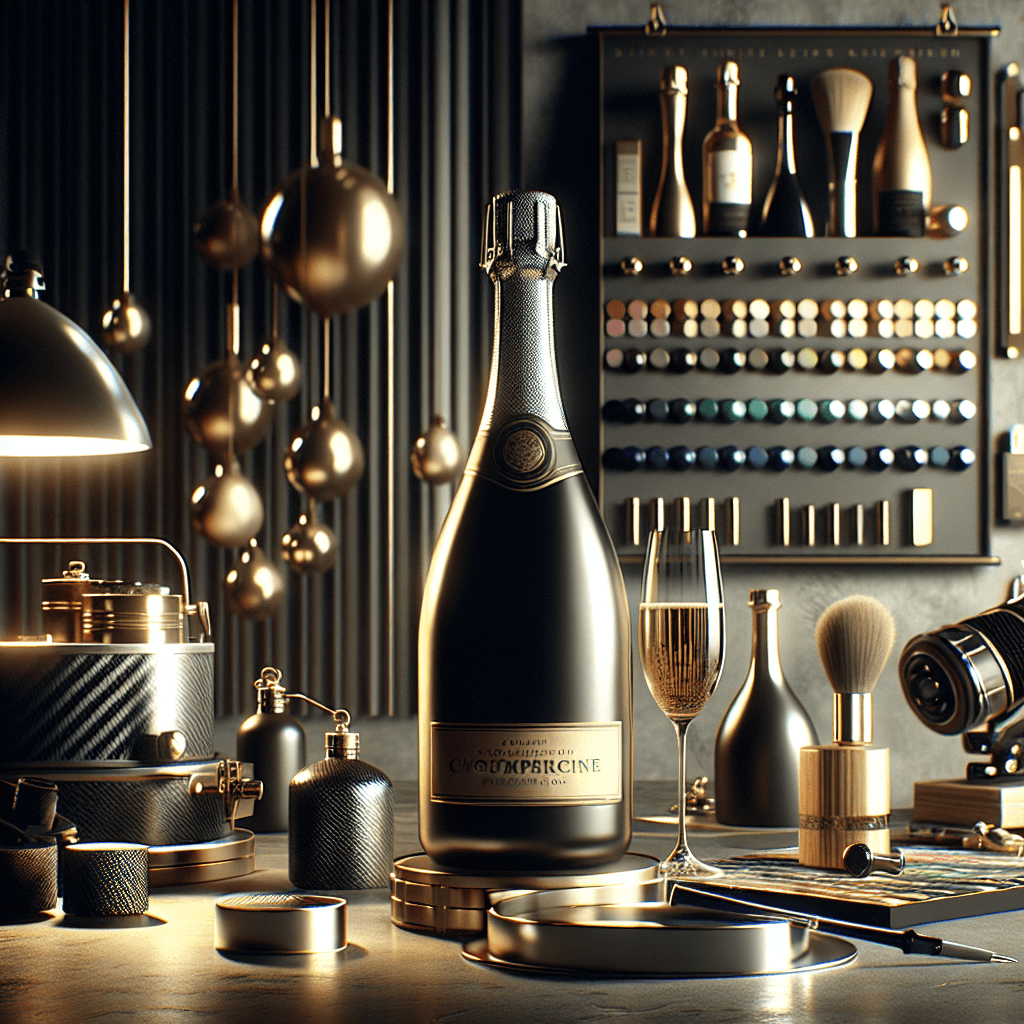The growing market for fake luxury cuvées and how to avoid scams
The allure of Champagne, synonymous with celebration and sophistication, often attracts counterfeit and fraud aimed at exploiting its status. As the demand for high-end bubbly continues to soar, so does the market for fakes, posing a challenge for enthusiasts and collectors alike.
- Understanding Champagne: The Basics of Authenticity
- Common Signs of Counterfeit Champagne
- Expert Insights on Verification
- The Cultural Impact of Counterfeit Luxury Goods
- Protecting Yourself from Champagne Scams
- Preserving the Integrity of Champagne
Understanding Champagne: The Basics of Authenticity
Champagne, a sparkling wine, can only be labeled as such if it comes from the Champagne region of France and adheres to strict guidelines managed by the Comité Champagne. This prestigious title is protected under the Appellation d’Origine Contrôlée (AOC), ensuring that each bottle meets rigorous standards of production.
- Geographical Origin: True Champagne only comes from its namesake region in France.
- Production Method: It must be produced using the traditional “méthode champenoise,” a detailed and regulated process.
- Varietal Restrictions: Only certain grape varieties, such as Pinot Noir, Chardonnay, and Pinot Meunier, are permitted.
Understanding these basics helps aficionados distinguish authentic bottles from counterfeit ones, which often miss these critical details.
Common Signs of Counterfeit Champagne
Identifying a fake champagne bottle requires a keen eye and attention to detail. Here are several red flags that could suggest a bottle is not genuine:
- Label Discrepancies: Authentic Champagne labels are meticulous with no spelling errors, and the fonts and placement of text are consistent with the brand’s standards.
- Quality of Packaging: High-quality materials are always used in genuine Champagne packaging. Counterfeits often have poor-quality labels and capsules.
- Seal Integrity: The cork and wire cage should be tightly sealed. A loose seal can be a sign of tampering.
- Unusual Pricing: If the price seems too good to be true, it probably is. Exceptionally low prices can indicate counterfeit products.
These indicators, while helpful, are just the first step in verifying the authenticity of a Champagne bottle.
Expert Insights on Verification
Experts in the field of wine authentication use a variety of tools and techniques to verify the authenticity of Champagne. Advanced methods include:
- Spectroscopy: This technique analyzes the chemical composition of the liquid to confirm its authenticity.
- Cork Analysis: Microscopic examination of the cork can reveal age and, sometimes, the specific vineyard of origin.
- Provenance Verification: Tracing the history of the bottle back to the producer can confirm whether it came from the claimed source.
Engaging with established experts who utilize these methods can provide assurance for collectors and enthusiasts seeking to verify their Champagne.
The Cultural Impact of Counterfeit Luxury Goods
The proliferation of counterfeit luxury goods, including Champagne, undermines the cultural heritage and craftsmanship of the authentic producers. These fakes not only deceive consumers but also dilute the brand identities built over centuries. The economic impact on genuine producers is significant, as they face unfair competition from counterfeiters who do not adhere to the same quality standards.
Moreover, the cultural value of genuine Champagne, celebrated for its quality and tradition, is compromised when consumers can no longer trust the authenticity of their purchases.
Protecting Yourself from Champagne Scams
To avoid falling victim to Champagne scams, connoisseurs should consider the following precautions:
- Purchase from Reputable Sources: Buy Champagne directly from well-known retailers, vineyards, or authorized distributors.
- Check Documentation: Authentic bottles often come with documentation that verifies their origin and production process.
- Educate Yourself: Understanding the characteristics of Champagne and familiarizing yourself with brands will help you spot inconsistencies.
- Use Technology: Apps and websites dedicated to wine authentication can provide additional layers of security.
By taking these steps, individuals can protect themselves from counterfeit Champagne and ensure they are enjoying the genuine article.
Preserving the Integrity of Champagne
The battle against counterfeit Champagne is crucial in preserving the integrity, heritage, and luxury of this iconic beverage. By educating themselves and others, consumers can help maintain the high standards that define Champagne and support the artisans who create it.
For further reading and resources on authenticating luxury goods, consider exploring authoritative sources such as the Comité Champagne’s official website.



